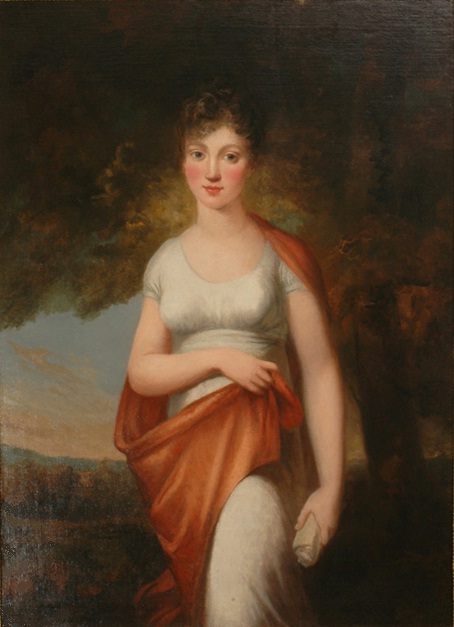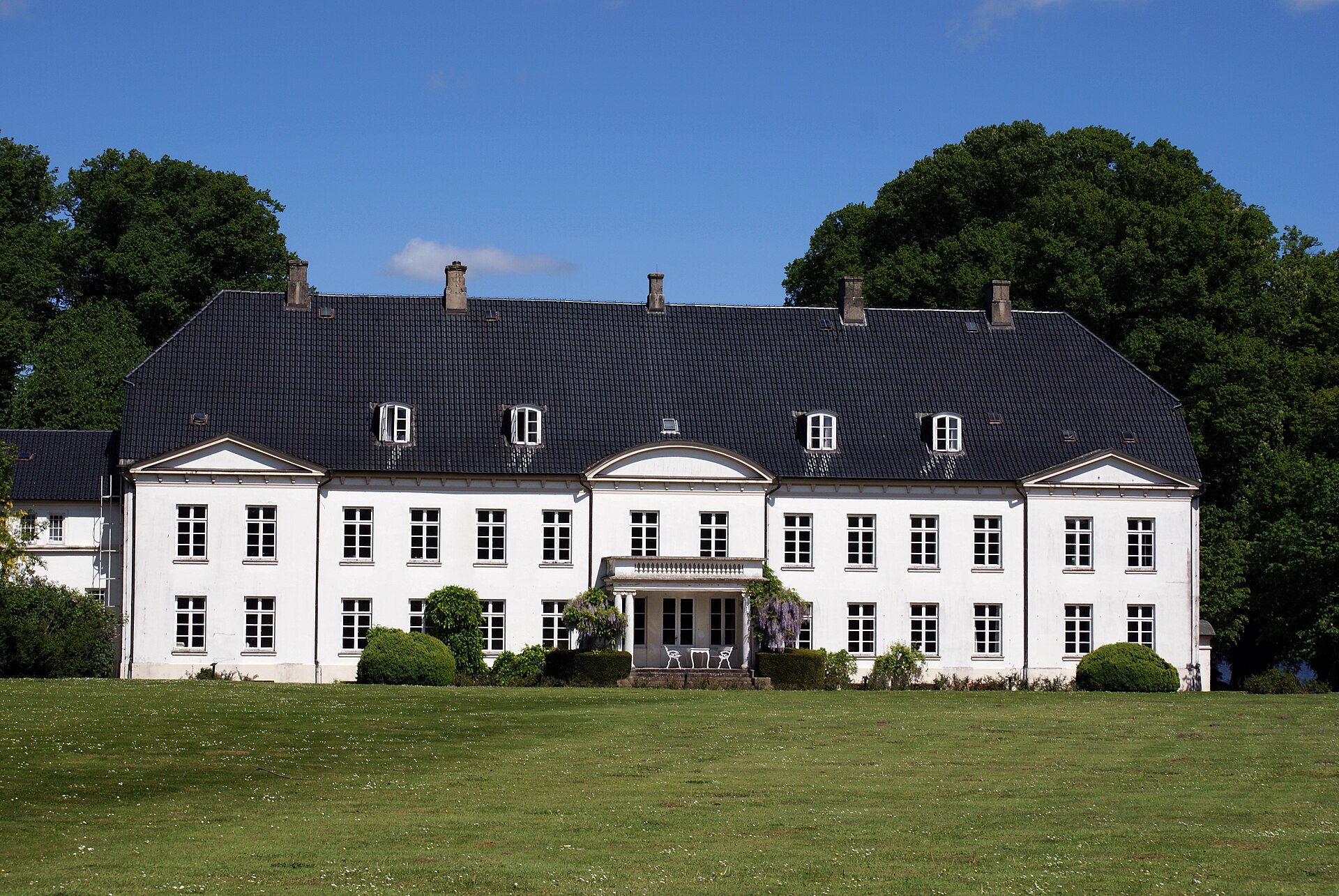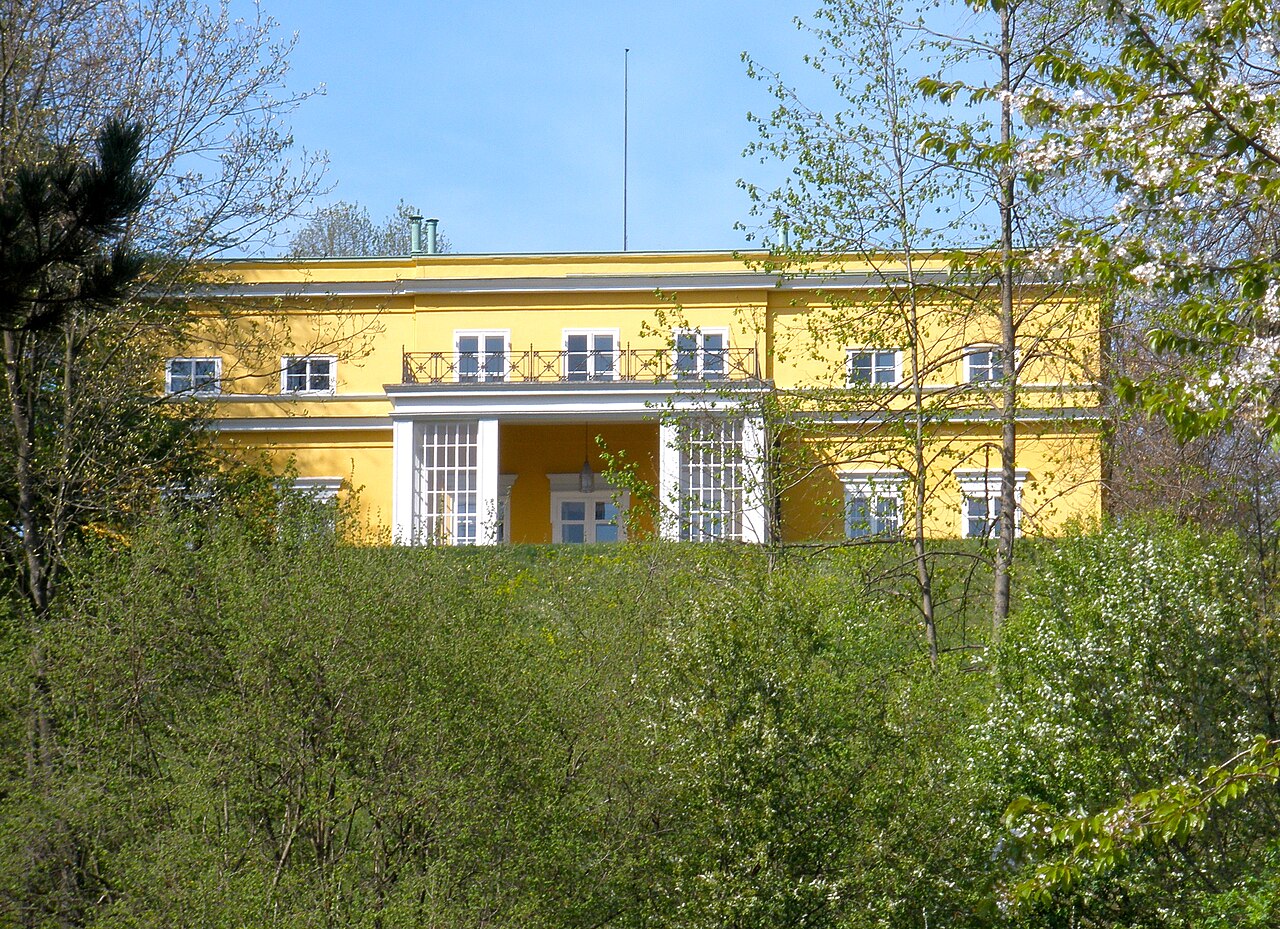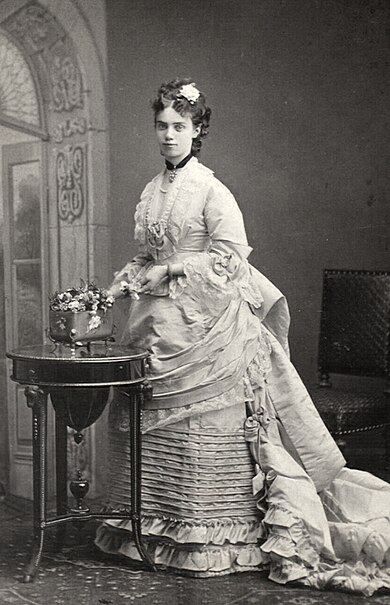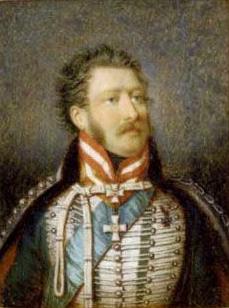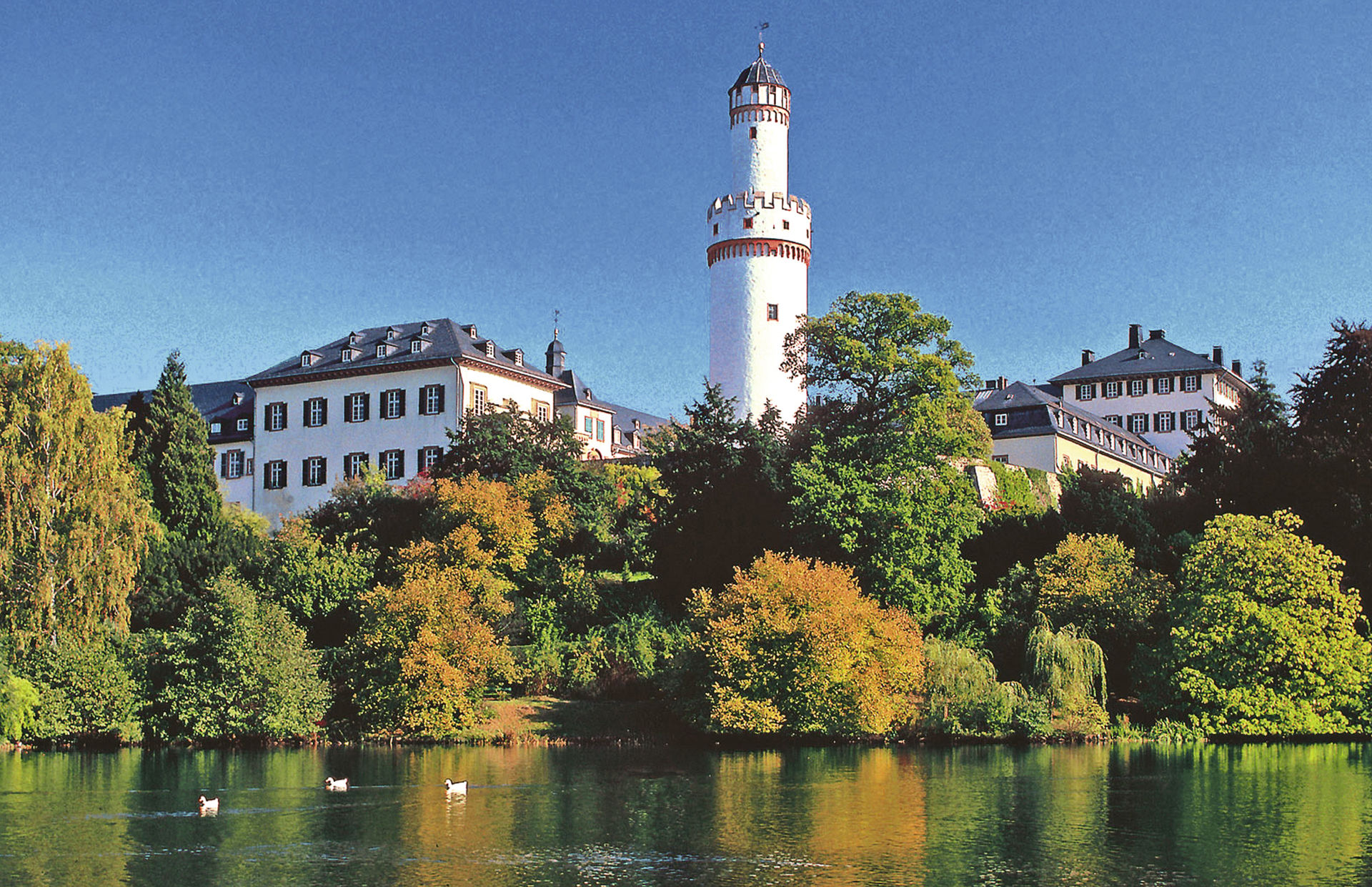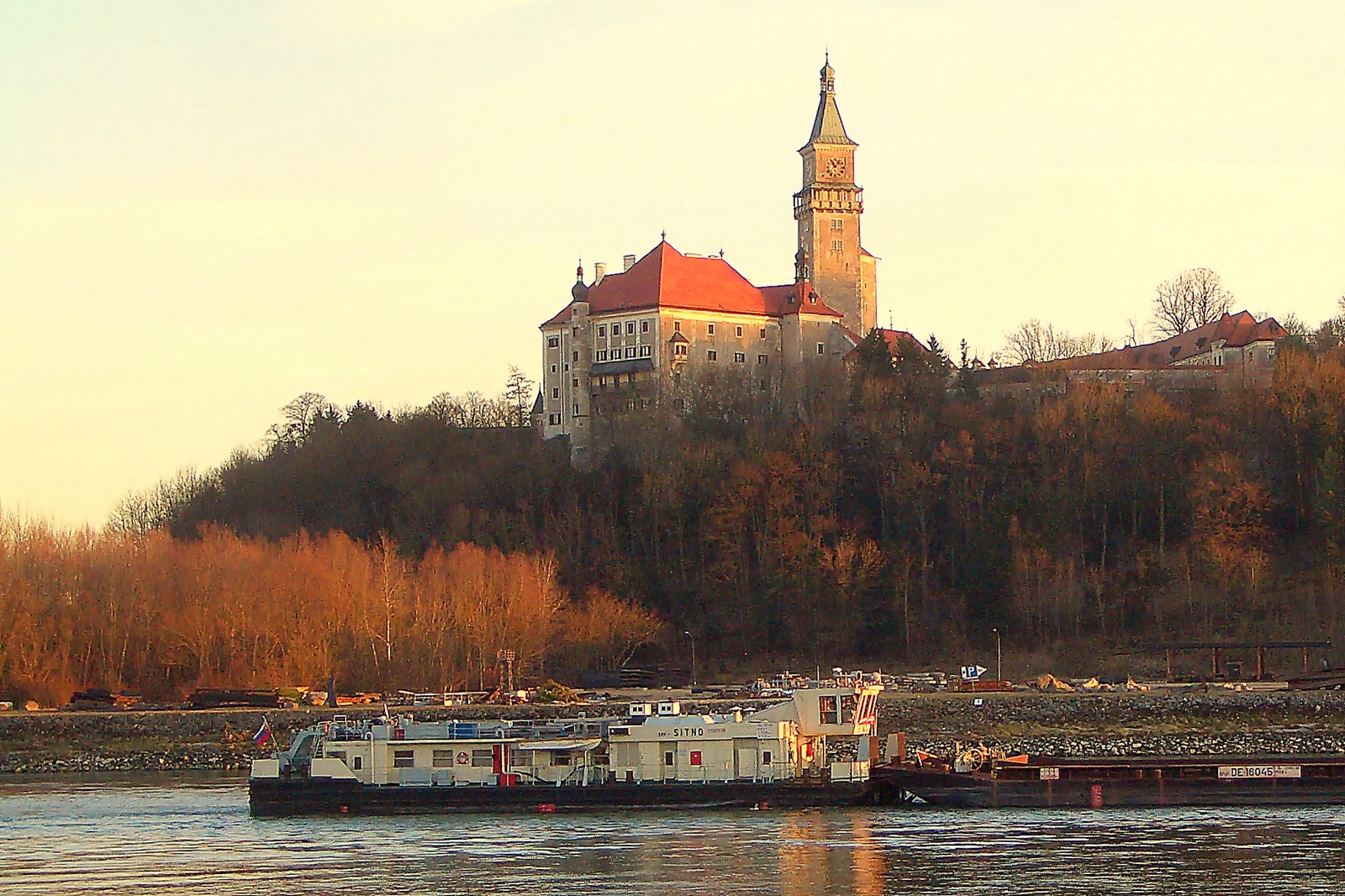by Susan Flantzer © Unofficial Royalty 2019

Prince Ernst August V of Hanover – Credit – www.tatler.com
Duchy of Brunswick: The Principality of Brunswick-Wolfenbüttel was a subdivision of the Duchy of Brunswick-Lüneburg. After the dissolution of the Holy Roman Empire, the Congress of Vienna turned Brunswick-Wolfenbüttel into an independent country called the Duchy of Brunswick in 1815. Ernst August III, the last Duke of Brunswick was forced to abdicate on November 8, 1918, as the German Empire came to an end. Today the land that encompassed the Duchy of Brunswick is in the German state of Lower Saxony. Since 1866, the senior heir of the House of Hanover has been the pretender to the throne of the Kingdom of Hanover.
********************
Prince Ernst August (V) of Hanover is the current pretender to the thrones of the Kingdom of Hanover and the Duchy of Brunswick. Born on February 26, 1954, in Hanover, Lower Saxony, then in West Germany, now in Germany, he is the second of the six children and the eldest of the three sons of Ernst August (IV), Hereditary Prince of Brunswick, Prince of Hanover, the son of Ernst August (III), Duke of Brunswick and Princess Viktoria Luise of Prussia, the only daughter of Wilhelm II, German Emperor, and his first wife Princess Ortrud of Schleswig-Holstein-Sonderburg-Glücksburg. At his christening, he was given a long string of names: Ernst August Albert Paul Otto Rupprecht Oskar Berthold Friedrich Ferdinand Christian Ludwig.
Ernst August has five siblings:
- Princess Marie of Hanover (born 1952), married Count Michael von Hochberg, had two sons
- Prince Ludwig Rudolph of Hanover (1955 – 1988), married Countess Isabelle von Thurn und Valsassina-Como-Vercelli, had one son; Ludwig Rudolph died by suicide after discovering the body of his wife who had died of a drug overdose
- Princess Olga of Hanover (born 1958), unmarried
- Princess Alexandra of Hanover (born 1959), married Andreas, 8th Prince of Leiningen, had two sons and one daughter
- Prince Heinrich of Hanover (born 1961), married Thyra von Westernhagen, had two sons and one daughter

Ernst August (V), the tallest boy, with his parents and siblings; Credit – https://www.welfenbund.de/
Ernst August is among the senior male-line descendants of King George III of the United Kingdom. This line is directly descended from George III’s son, Ernest Augustus, Duke of Cumberland, who became King of Hanover due to the Salic Law which forbade female succession following the death of his brother King William IV and the accession of Queen Victoria. (George III → Ernest Augustus (I), Duke of Cumberland, King of Hanover → George V, King of Hanover → Ernst August (II), Duke of Cumberland (married Princess Thyra of Denmark, daughter of King Christian IX) → Ernst August (III), Duke of Brunswick (married Viktoria Luise, only daughter of Wilhelm II, German Emperor) → Ernst August (IV), Hereditary Prince of Brunswick → Ernst August (V), Prince of Hanover)
He is also a great-great-great-grandson of Queen Victoria via his father (Queen Victoria → Victoria, Princess Royal → Wilhelm II, German Emperor → Viktoria Luise of Prussia → Ernst August (IV), Hereditary Prince of Brunswick→ Ernst August (V), Prince of Hanover) and a great-great-grandson of King Christian IX of Denmark via his father (King Christian IX → Thyra of Denmark → Ernst August (III), Duke of Brunswick → Ernst August (IV), Hereditary Prince of Brunswick → Ernst August (V), Prince of Hanover).
Ernst August (V)’s father was the brother of Frederica of Hanover who married King Paul I of Greece. Therefore, Ernst August (V) is the first cousin of Frederica and Paul’s children: the late King Constantine II of Greece, Queen Sofia of Spain, and Princess Irene of Greece. Ernst August (V)’s paternal uncle Prince Georg Wilhelm of Hanover married Princess Sophie of Greece, a sister of Prince Philip, Duke of Edinburgh.
On June 17, 1914, King George V of the United Kingdom, who was the first cousin of Ernst August (V’s) grandfather Ernst August (III), Duke of Brunswick via their mothers and third cousins via their fathers, issued a Letters Patent granting the children of the Duke of Brunswick the style Highness and declaring that they would be Prince or Princess of the United Kingdom of Great Britain and Ireland. The Letters Patent clearly state the style and title were only for the children of Ernst August (III), Duke of Brunswick.
On November 8, 1918, at the end of World War I, Ernst August (V)’s grandfather was forced to abdicate his throne as reigning Duke of Brunswick. In 1919, German royalty and nobility lost their privileges in Germany. Thereafter, hereditary titles could only be used legally as part of surnames. In 1931, Ernst August (III), Duke of Brunswick declared that his descendants, as descendants of King George III, would continue to use British HRH Prince/Princess. However, legally they are not British HRH Prince/Princess. All titles used by the family are used in pretense.
As the senior male descendant of George III’s son, Ernest Augustus, Duke of Cumberland, Ernst’s August (V)’s grandfather, the former Duke of Brunswick, also held the British peerage titles Duke of Cumberland, Duke of Teviotdale, and Earl of Armagh. In 1917, the British Parliament passed the Titles Deprivation Act 1917 which allowed the Privy Council to investigate “any persons enjoying any dignity or title as a peer or British prince who have, during the present war, borne arms against His Majesty or His Allies, or who have adhered to His Majesty’s enemies.” Under the terms of that act, an Order in Council on March 28, 1919, formally removed the former Duke of Brunswick’s British peerages, Duke of Cumberland, Duke of Teviotdale, and Earl of Armagh. The former Duke of Brunswick and his children also lost their titles of Prince and Princess of the United Kingdom and the styles Royal Highness and Highness. According to the Titles Deprivation Act, the male heirs of Ernst August, former Duke of Brunswick have the right to ask the British Crown to reinstate their British peerage titles but no descendant has ever done so. Currently, Ernst August (V) is the male heir of these British peerages.
Ernst August (V) attended schools in West Germany until the age of fifteen when his motorcycle driving license was revoked due to an accident. Shortly afterward, he was sent to England where he attended the Box Hill School in Surrey. Ernst August (V) discovered that he was interested in agriculture which he studied in Canada and then at the Royal Agricultural University in Cirencester, England. Afterward, he worked as a businessman and producer of animal documentary films.

Ernst August and Chantal on their wedding day; Credit – https://www.pinterest.com/pin/314970567684403672/?lp=true
In 1980, Ernst August (V) became engaged to Chantal Hochuli, the daughter of Johann Gustav Hochuli, a Swiss architect and millionaire from his family’s chocolate company, and Rosemarie Lembeck. Ernst August’s father was initially opposed to the marriage because of Chantal’s less-than-royal ancestry. However, he eventually changed his mind and modified the House of Hanover’s dynastic laws so that the marriage could take place. The couple was married on August 28, 1981, in a civil ceremony in Pattensen, Germany. A religious ceremony was held on August 30, 1981, at Marienburg Castle, also in Pattensen, Germany.
Ernst August and Chantal had two sons:

Prince Ernst August (VI) of Hanover and his wife; By Foto: Axel Hindemith, CC BY-SA 3.0, https://commons.wikimedia.org/w/index.php?curid=60789603
In 1987, Ernst August (V)’s father died and he became Head of the House of Hanover and pretender to the thrones of the Kingdom of Hanover and the Duchy of Brunswick.

Caroline and Ernst on their wedding day; Credit – https://www.pinterest.com/pin/30399366205165248/?lp=true
In 1996, rumors emerged that romantically linked Ernst August (V) to Princess Caroline of Monaco, a long-time friend. Ernst August and Caroline had been seen together in the Far East, New York, and London. On October 23, 1997, Ernst August and his wife Chantal were divorced. On January 23, 1999, in a civil ceremony in Monaco, Ernst August married Caroline who was pregnant with their child. It was the third marriage for Caroline.
The couple had one daughter:
While initially very happy, the couple, still legally married, now leads separate lives. Caroline and her daughter Alexandra live primarily in Monaco, while her husband remains at his homes in Germany.
Over the years, Ernst August (V) has had several controversial incidents. In 2000, he was photographed urinating on the Turkish Pavilion at Expo 2000 in Hanover, Germany causing a diplomatic incident when the Turkish embassy accused him of insulting the Turkish people. In 2004, he was convicted of aggravated assault and causing grievous bodily harm after beating a German man in a nightclub in Kenya.
In 2004, Ernst August (V) signed over to his elder son Ernst August (VI ) his German property, including Marienburg Castle, Calenberg Castle, the Princely House at Herrenhausen Gardens and some forests near Blankenburg Castle. Since then, the younger Ernst August has taken over many representative tasks on behalf of his father. Ernst August (V) initially remained in charge of the family assets in Austria. In 2013, due to negligence, Ernst August (V) was removed as chairman of the family foundation that controls the family assets. His elder son Ernst August (VI) was made the chairman of the family foundation. Due to disputes over the family assets, Ernst August (V) declared his intention to withhold consent for his elder son’s marriage which he did not attend.

Ernst August (V) at the wedding of his son Christian, 2018; Credit – www.zimbio.com
Ernst August (V) also has had several health issues. On April 3, 2005, he was admitted to the hospital with acute pancreatitis. The next day, he fell into a coma, two days before the death of his father-in-law Rainier III, Prince of Monaco. A few days later, he was no longer in a coma but remained in intensive care. Ernst August (V) was hospitalized again in 2011, 2017, and 2018 for problems related to alcohol. The incident in 2018 occurred during the wedding celebrations of his son Christian in Lima, Peru. During the celebrations, Ernst August (V) lost consciousness because he drank too much and had to be admitted to a hospital where he was placed in a medically induced coma. After two weeks in the hospital, he was transferred to a clinic in Austria. In February 2019, he had another serious health issue. He was taken to the hospital by helicopter and needed emergency surgery for a ruptured duodenal ulcer. A week later, doctors discovered that Ernst August (V) had throat cancer. Because of the poor state of his health, doctors treated the tumor with cryotherapy.
In July 2020, it was reported that Ernst August (V) was temporarily taken to a psychiatric facility. He reportedly called police saying he needed immediate help. When the police arrived, Ernst August (V) was extremely aggressive and attacked them physically.
This article is the intellectual property of Unofficial Royalty and is NOT TO BE COPIED, EDITED, OR POSTED IN ANY FORM ON ANOTHER WEBSITE under any circumstances. It is permissible to use a link that directs to Unofficial Royalty.
Works Cited
- bild.de. (2019). Krebs-Schock: Tumor im Hals bei Ernst August von Hannover. [online] Available at: https://www.bild.de/unterhaltung/leute/leute/krebs-schock-tumor-im-hals-bei-ernst-august-von-hannover-60112354.bild.html [Accessed 22 Mar. 2019].
- En.wikipedia.org. (2019). Prince Ernst August of Hanover (born 1954). [online] Available at: https://en.wikipedia.org/wiki/Prince_Ernst_August_of_Hanover_(born_1954) [Accessed 22 Mar. 2019].
- Es.wikipedia.org. (2019). Ernesto Augusto de Hannover (1954). [online] Available at: https://es.wikipedia.org/wiki/Ernesto_Augusto_de_Hannover_(1954) [Accessed 22 Mar. 2019].
- Flantzer, S. (2019). Ernst August (IV), Hereditary Prince of Brunswick, Prince of Hanover. [online] Unofficial Royalty. Available at: https://www.unofficialroyalty.com/ernst-august-iv-hereditary-prince-of-brunswick-prince-of-hanover/ [Accessed 22 Mar. 2019].
- It.wikipedia.org. (2019). Ernesto Augusto di Hannover (1954). [online] Available at: https://it.wikipedia.org/wiki/Ernesto_Augusto_di_Hannover_(1954) [Accessed 22 Mar. 2019].
- Madame Figaro. (2017). Le mari de Caroline de Monaco s’oppose au mariage de son fils. [online] Available at: http://madame.lefigaro.fr/celebrites/ernst-august-de-hanovre-le-mari-de-caroline-de-monaco-soppose-au-mariage-de-son-fils-avec-la-russe-ekaterina-malysheva-030717-133081 [Accessed 22 Mar. 2019].
- País, E. (2019). Ernesto de Hannover, operado de urgencia por un problema de páncreas. [online] EL PAÍS. Available at: https://elpais.com/elpais/2019/02/06/gente/1549451643_943505.html [Accessed 22 Mar. 2019].
